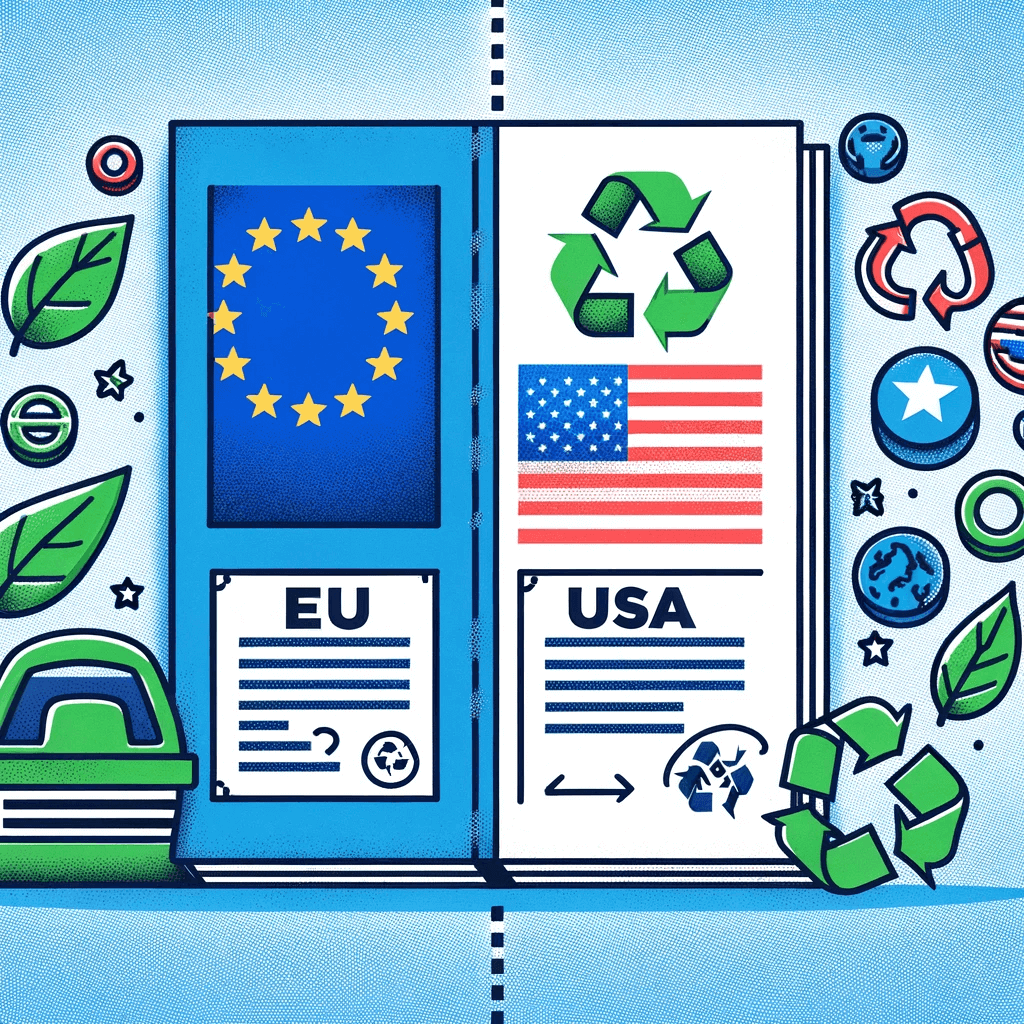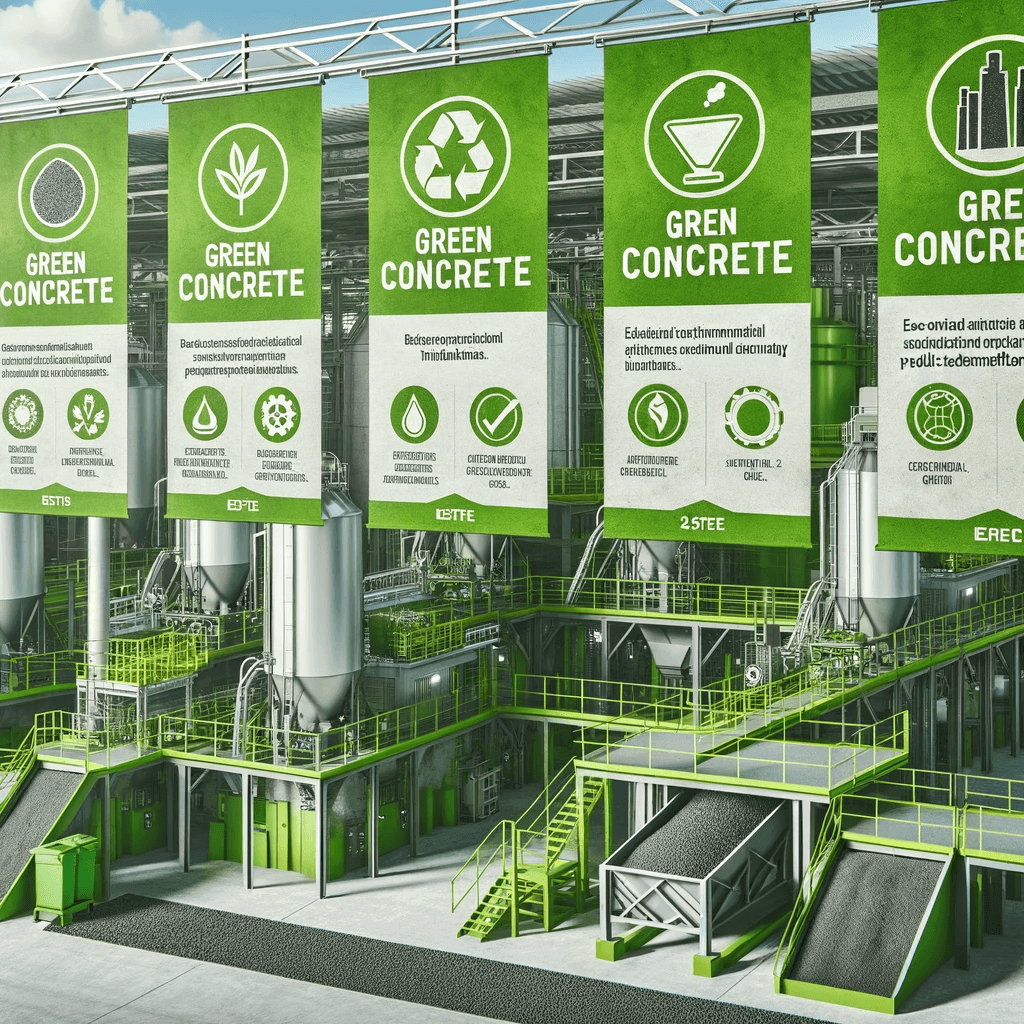- Whole Building Embodied Carbon Policy California’s adoption of the Whole Building Embodied Carbon Policy in CALGreen marks a significant step towards environmentally sustainable construction practices in the state. This policy is the first of its kind in the U.S., aiming at reducing the embodied carbon emissions associated with building materials and construction processes. It sets new requirements aiming to reduce the embodied carbon emissions associated with construction projects. Here are the key aspects of this
- What is a Product Category Rule? A Product Category Rule (PCR) is a set of guidelines and requirements that specify the methodology for conducting a Life Cycle Assessment (LCA). Also the development of an Environmental Product Declaration (EPD) for a particular product category. A PCR defines the scope of the LCA study, identifies the relevant environmental impacts, and sets the rules for calculating and reporting the results of the LCA. Why is a PCR
- EPDs: What’s the difference between the EU and USA? If you’re importing European building products to the U.S., this comprehensive guide is tailored just for you. We understand that grasping the nuances of Environmental Product Declarations (EPDs) and different methodologies can be quite a challenge. So, let’s break it down in a way that’s both informative and easy to digest. EPDs Basics An EPD is like a report card for a building product, detailing its
- What is the Buy Clean California Act The Buy Clean California Act is a law that was signed in 2017 and came into effect on January 1, 2019. Officially known as AB 262, the Act requires the California Department of General Services (DGS) to establish a maximum acceptable global warming potential for certain materials used in public works projects. The materials covered under the Act include carbon steel rebar, flat glass, mineral wool board insulation,
- Concrete: The Quest for Greener Alternatives In the heart of every sprawling metropolis lies a silent companion to humanity’s architectural endeavors — concrete. From the towering skyscrapers to the humble sidewalks, the presence of concrete is as ubiquitous as the air we breathe. Yet, beyond its stony demeanor lies a tale of an unyielding quest for harmony with nature. The narrative of concrete dates back to the ancient tapestry of human civilization. Its genesis was
- What is sustainability for building products? Sustainability for building products is a big word these days, and it means different things to different people. For building product manufacturers, it’s about navigating requests from architects, contractors, green building codes, sustainability systems, and legislative mandates—all in the pursuit of getting specified on projects and continued product sales. The secret is that all products are sustainable; you just need to know the basics and how to fulfill the
Sustainality Documentation > My Blog






